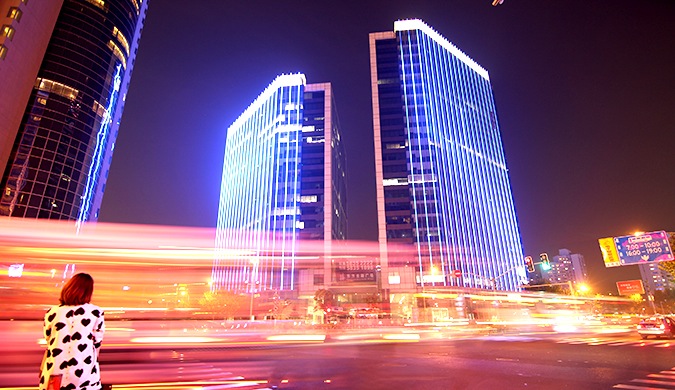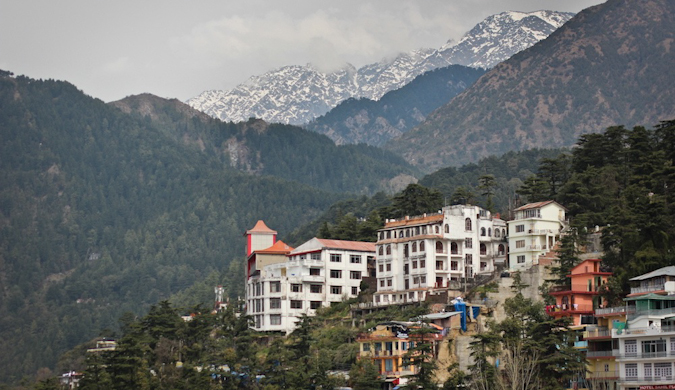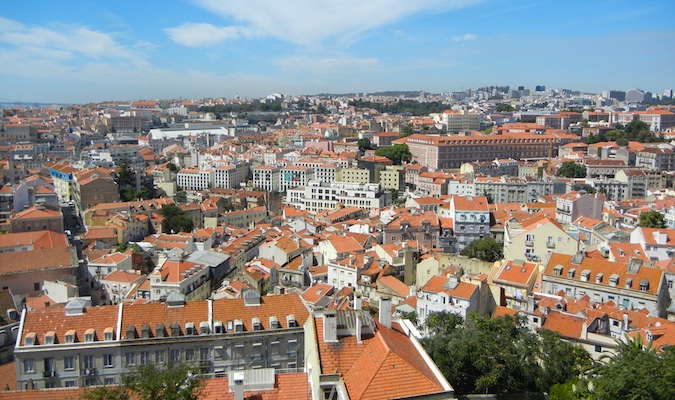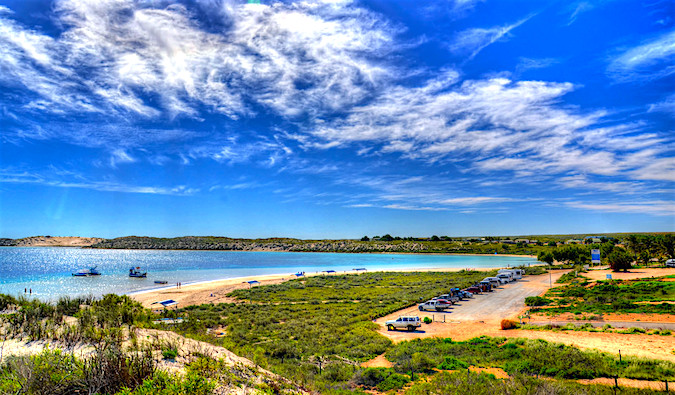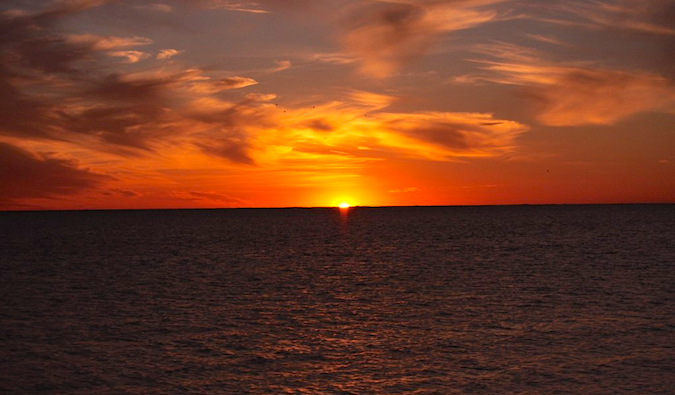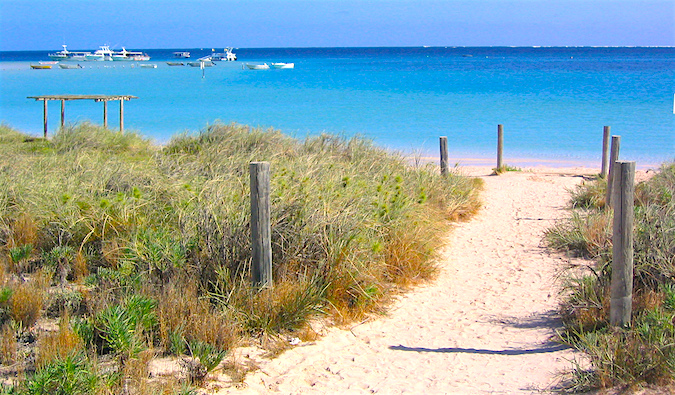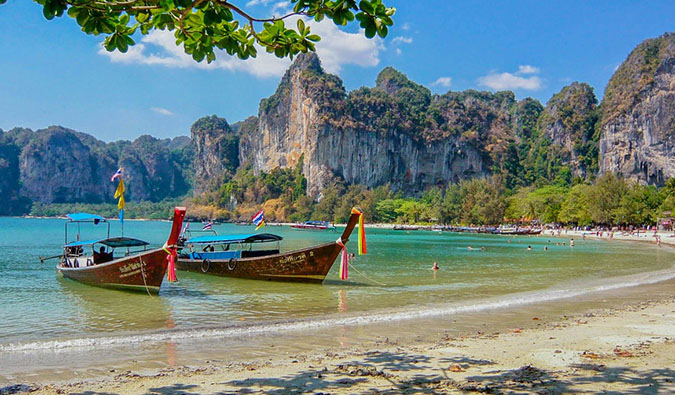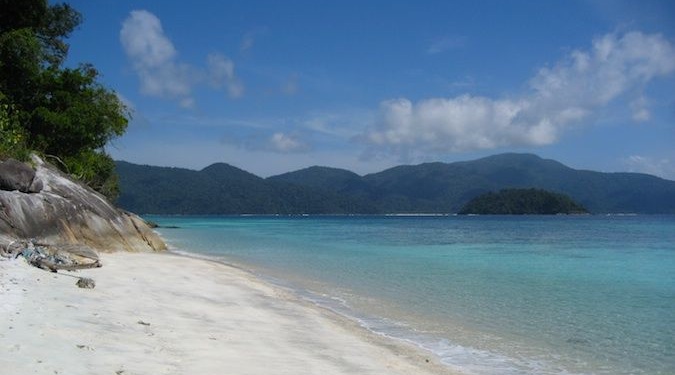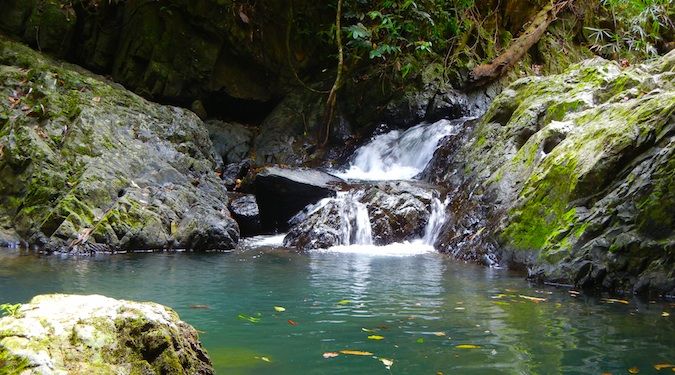
Updated: 10/28/2018 | October 28th, 2018
The first time I was in Sydney (all the way back in 2007), I spent most of my days sitting in the botanical gardens, reading a book and looking at the Opera House and Harbour Bridge. For so long I had heard about how wonderful and beautiful Sydney was, and there I was experiencing it!
Over the years, I’ve been to the city a handful of times, exploring it more and more and getting a local taste through all my wonderful friends there. I’ve been everywhere, I’ve done all the major attractions, the smaller attractions, and everything in between.
If you are wondering what the best things to see in Sydney are, wonder no more!
Today, I want to share my favorite things to do and see in this laid-back, warm, sunny, and gregarious city so you can better plan your trip and make the most out of your visit!
The Best Things to See in Sydney
1. Explore The Rocks
The Rocks is the oldest part of Sydney. With its narrow lanes, fine colonial buildings, sandstone churches, and Australia’s oldest pubs, this neighborhood is where Sydney started when the British first landed. It was almost torn down in the 1970s for modern high rises, but, luckily, citizen action got it preserved instead. The Rocks’ weekend markets, art museums, street entertainment, delicious (and sometimes overpriced) restaurants, and beautiful views of the harbor, Opera House, and bridge make this is one of the coolest areas of the city. I love heading up to the Sydney Observatory Hill Park for a good view of the city, wandering the harbor promenade, and hitting the bars at night.
2. Hang out at the beach
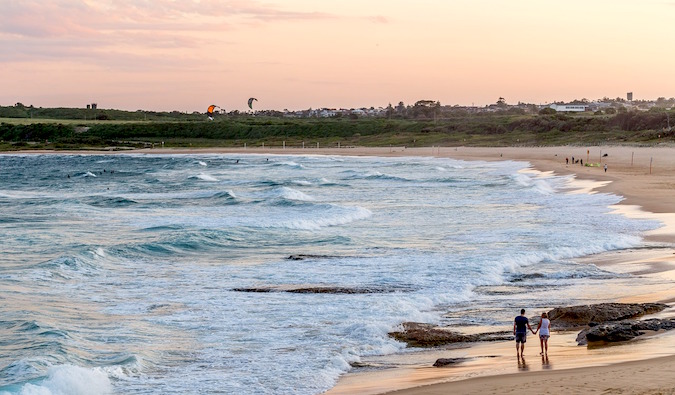
Sydney is synonymous with its beaches, and the area is also especially famous for having world-class surfing. Since it’s warm and sunny most of the year, the city has a strong beach culture, and on the weekends (and many weekdays for that matter), locals flock to the seashore. From Palm Beach and Manly in the north to the famous Bondi and Coogee in the south, Sydney has a beach for everyone. All the beaches are easy to get to via public transportation or car and there are tons of restaurants and surf shops around, too! My favorite beaches are Manly (wide and beautiful) and Bronte (small and quiet)
3. Visit the Royal Botanic Gardens and Mrs. Macquarie’s Chair
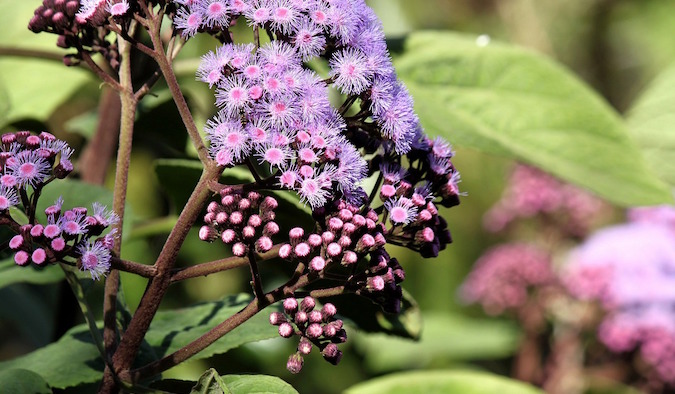
You’ll find Australia’s first vegetable garden and a treasure trove of trees, ferns, flowers, and gardens at the Royal Botanic Gardens. On a sunny day, you’ll find locals sprawled out all over the lawns soaking up the sun. You can also see Mrs. Macquarie’s Chair, a seat carved into a stone cliff, where you can sit and gaze out at the harbor. There are also free one-hour volunteer-guided tours of the garden, too!
4. Take the ferry to Manly Beach
The ferry ride to Manly ($12.40 AUD round-trip, $2.50 AUD on Sundays) offers sweeping views of the harbor, Sydney Harbour Bridge, and the world-famous Opera House. It’s a picturesque 30-minute ride each way that puts you in one of the coolest parts of the north end of the city. Manly is famous for its wide beach, giant waves, surfing, and kick-ass nightlife.
5. Walk the Sydney Harbour Bridge
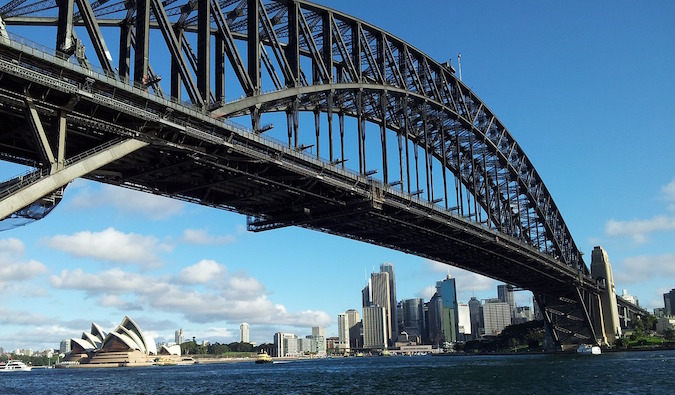
The bridge was built in 1932 as a government employment project during the Great Depression. Its steel frame has become an iconic symbol of the city. While tours that climb the bridge are expensive ($158 AUD), it is free to walk or bike across it for panoramic views of the harbor and Opera House.
6. Marvel at the Sydney Opera House

Just as iconic as the Sydney Harbour Bridge, the Opera House is famous for its white-shelled roof. As an architectural delight and feat of engineering (getting the roof to stay up took the creation of a complex support system), guided tours ($37 AUD) give you a whole new appreciation for just how challenging the building was to design and erect. Tickets for a show in the Opera House are surprisingly affordable ($43 AUD), so try to take one in if you can.
7. Visit the Blue Mountains

Over the millennia, the ancient sandstone of this national park has been weathered into gorges lined by steep cliffs and separated by narrow ridges. Some activities in Blue Mountains National Park include seeing the magnificent rock formation of the Three Sisters (particularly stunning at sunset and under evening floodlights) or hiking along the paths that offer excellent views of the valley, sheer rock walls, tumbling waterfalls, and magnificent forests. The park is free to visit and you can get there by train from Sydney, which takes 90 minutes. If you want to hike further afield, it’s best to stay overnight!
8. See all the museums

Like most cities, Sydney has a wide variety of museums. There’s free entry to the Art Gallery of New South Wales (modern art), the Museum of Contemporary Art Australia at The Rocks, the Nicholson Museum (antiquities), and the Australian National Maritime Museum at Darling Harbor. I also suggest visiting the White Rabbit Gallery (contemporary Chinese art; it also has a teahouse) and The Rocks Discovery Museum (local history); both are also free. However, my favorite museum of all is the Hyde Park Barracks. Set in the old convict barracks, it does an amazing and detailed job of chronicling colonial life in the city, with lots of stories of the early settlers, and it’s well worth the $10 AUD entrance fee. If you only pay for one museum, make it this one!
9. Learn to surf

Sydney is often the place travelers bite the bullet and learn the art of Australia’s famous national pastime. There are many companies here that offer lessons. While Bondi is the most popular beach, Manly on the north shore of Sydney has better waves (though you can find good waves up and down the coast!).
10. Wine Tasting in the Hunter Valley
North of town is one of Australia’s premier wine regions. The Hunter Valley is home to amazing wineries that produce luscious reds. While it’s not as easy on the budget, it is an excuse to get out of the city and see the countryside. Day tours are offered from Sydney, but they are expensive ($150-200 AUD) and you spend a lot of time in the bus. Want even more fun? Try a bike tour. Grapemobile and Hunter Valley Cycling offer one-day bicycle rentals starting at $35 AUD. It’s best to stay for at least a night to get the full experience.
11. Take the Sydney Tower Skywalk

As tall as the Eiffel Tower and twice as high as the Harbour Bridge, the Sydney Tower offers amazing panoramic views of the city from its Skywalk at the top. At $50 AUD, it’s cheaper and easier than climbing the bridge itself, and the views are actually far better. Also included with your purchase of a Skywalk ticket is access to the “4-D” cinema experience, which includes in-theatre effects like wind and fire.
12. Walk one of the coastal walks

There are a number of stunning coastal walks that allow you to take in the breathtaking natural beauty of Sydney Harbor. While tons of people follow the two-hour Coogee-to-Bondi walk (skip the weekends when it’s overly crowded), I found both the shorter walk in Watson’s Bay and the Split-to-Manly walk quieter and more breathtaking.
13. Explore the markets
Sydney has many amazing markets to walk through. At Paddington Markets (Oxford Street; open Saturdays after 10am), the fish market (Bank Street and Pyrmont Bridge Road), Bondi Farmers Market (Campbell Parade on Bondi Beach), the flower market (Parramatta Road), and a whole lot more seasonal markets, it’s really easy to spend a lot of time wandering and shopping. I love Paddington Markets and the farmers market the best — they draw an eclectic crowd, and the farmers market makes me want to cook nonstop.
14. Attend a cultural event

Since Sydney has a complex about Melbourne being called the culture capital of Australia, it tries to outdo its rival by hosting over 30 official festivals and events each year. It offers art gallery nights, concerts, festivals, and much more. Most of them are free and can be found on the Sydney tourism website.
15. Party in King’s Cross
If you’re looking to go out and get wild on the cheap, then go to King’s Cross. This is where the beer is inexpensive and the backpackers (and locals) party late. The famous World Bar is where most of the action happens (cheap drinks and a large dance floor). For a less traveler-centric time, head to Manly, The Rocks, or the CBD (central business district) where there are more locals and less travelers (but more expensive cocktails and beers).
****
Sydney is a remarkable city. While some cities scream “run around and see stuff” (cough, NYC, cough), Sydney’s message to visitors is always “relax, go outside, and enjoy the beautiful weather.” Sure, there’s plenty to do, but I find the best way to enjoy the city is to take it slow, see a few attractions, and mostly lay outside on the beach or in a park… or relax at a nice happy hour at a bar overlooking the harbor! Sydney has it all!
Book Your Trip to Australia: Logistical Tips and Tricks
Book Your Flight
Find a cheap flight by using Skyscanner or Momondo. They are my two favorite search engines because they search websites and airlines around the globe so you always know no stone is left unturned.
Book Your Accommodation
You can book your hostel with Hostelworld. If you want to stay elsewhere, use Booking.com as they consistently return the cheapest rates for guesthouses and cheap hotels. I use them all the time.
Don’t Forget Travel Insurance
Travel insurance will protect you against illness, injury, theft, and cancellations. It’s comprehensive protection in case anything goes wrong. I never go on a trip without it as I’ve had to use it many times in the past. I’ve been using World Nomads for ten years. My favorite companies that offer the best service and value are:
Looking for the best companies to save money with?
Check out my resource page for the best companies to use when you travel! I list all the ones I use to save money when I travel – and I think will help you too!
Want More Information on Australia?
Be sure to visit our robust destination guide on Australia for even more planning tips!
Photo credit: 1, 2, 3, 4, 5, 6, 7, 8, 9, 10, 11
The post My 15 Favorite Things to Do in Sydney appeared first on Nomadic Matt's Travel Site.

from Nomadic Matt's Travel Site https://www.nomadicmatt.com/travel-blogs/best-things-sydney/





